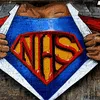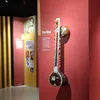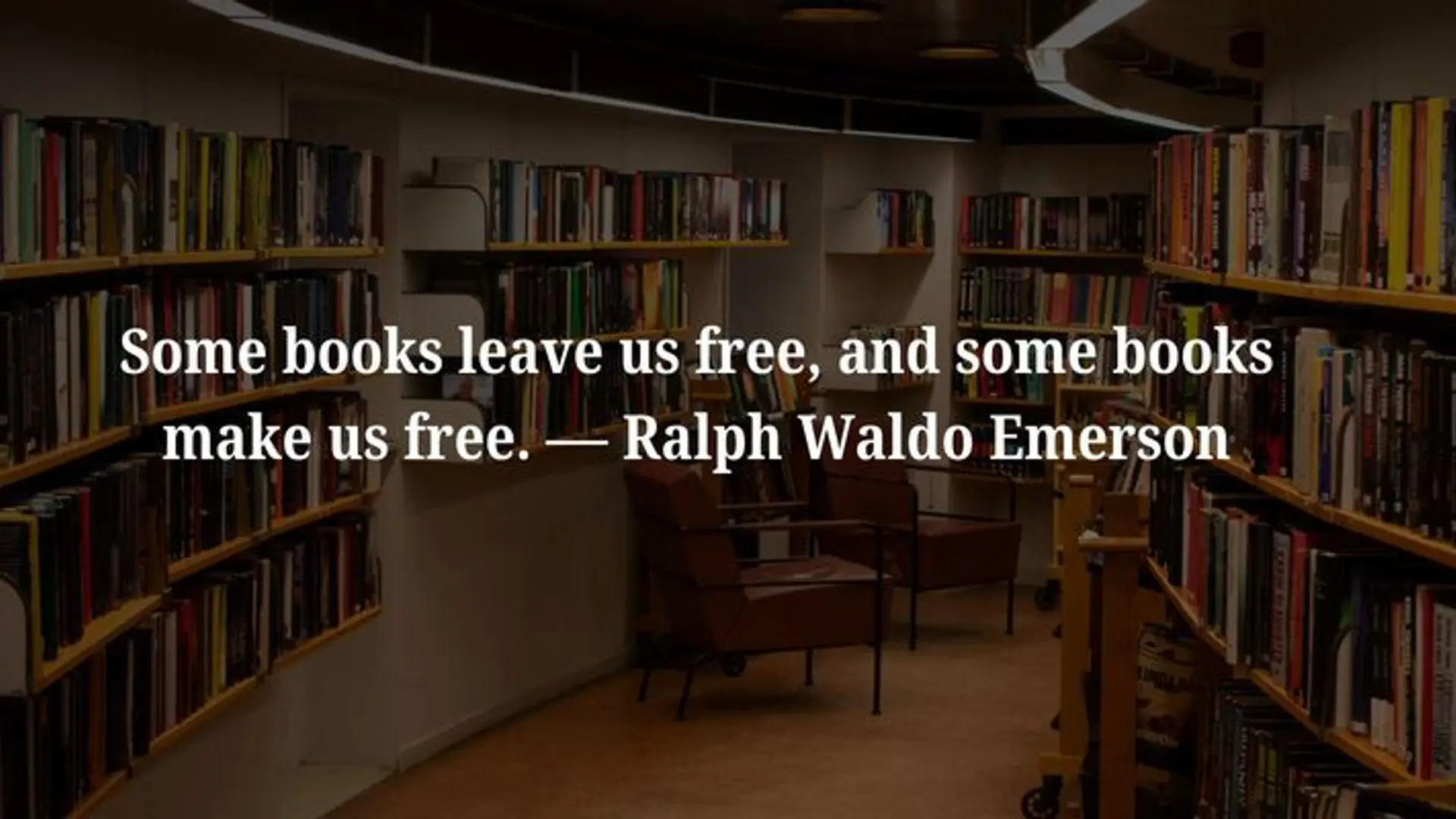Perception, participation, patience: the creative mantra of the GAAF artists
In the concluding piece of our eight-part coverage on the Goa Affordable Art Festival, we showcase more creative works along with insights from three exhibiting artists.
Launched in 2014, PhotoSparks is a weekly feature from YourStory, with photographs that celebrate the spirit of creativity and innovation. In the earlier 490 posts, we featured an art festival, cartoon gallery. world music festival, telecom expo, millets fair, climate change expo, wildlife conference, startup festival, Diwali rangoli, and jazz festival.
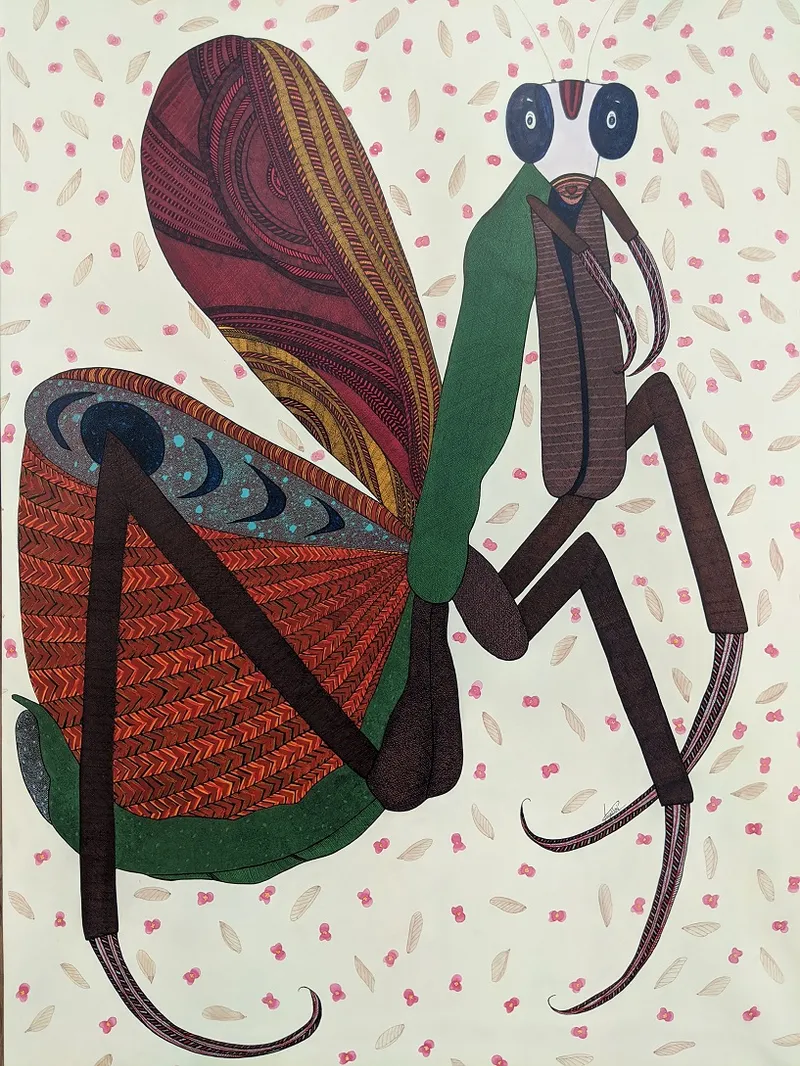
In this photo essay, we share creative insights from three of the artists exhibiting at the Goa Affordable Art Festival (GAAF): Kandula Pradeep Kumar, Sanjeev Mirajkar, and Meena Sansanwal. In earlier articles, we featured interviews with Ravi Kattakuri, Sagar Naik Mule, Sonal Varshneya, Sitikanta Samantsinghar, Christeena Shaju and Parimal Vaghela.
Spanning 900 artworks by 270 artists, the third edition of the Goa Affordable Art Festival (GAAF) was held at the Museum of Goa. A smaller selection of the artworks was later brought to Bengaluru’s RMZ Ecoworld Gallery by the RMZ Foundation.
See our earlier interviews with Dr Subodh Kerkar, co-founder of GAAF and founding director of the Museum of Goa, and Anu Menda, Managing Trustee of RMZ Foundation.
Kandula Pradeep Kumar
“Art is an expression of perceptions and inner feelings with creativity,” explains Kandula Pradeep Kumar, in a chat with YourStory. He is inspired by themes of fragility and antiquity, and aptly captures them with waste materials.
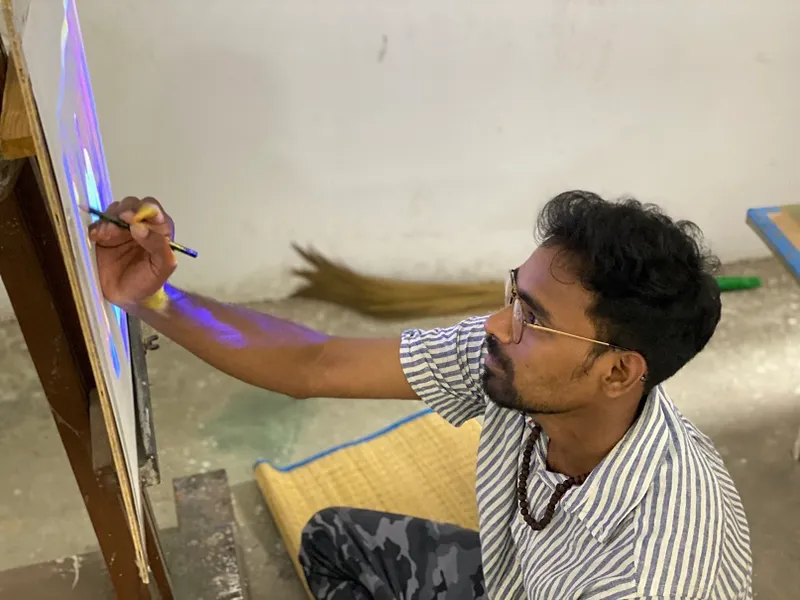
He also conducts workshops for a wide range of audiences. “In 2018, I conducted a workshop at Tihar Jail in New Delhi. I taught inmates clay modeling, drawing, and craft. It was a wonderful experience,” he recalls.
Pradeep has won a range of awards and participated in several workshops. “Recently, I completed a research scholarship at Lalit Kala Akademi in Chennai. I also went to Dubai and Saudi Arabia for carving projects,” he proudly says.
He calls for broader art appreciation and studies in India, especially given its rich culture and historic traditions. There are many opportunities for exploration, he adds.
For GAAF, he exhibited a series of crushed newspaper boats made out of ceramics. “Through them, I showed my childhood feelings,” Pradeep explains. He is also working on pencil drawings of Toda tribal communities. His artworks are priced from Rs 35,000 upward.
“GAAF is a wonderful platform for explorers. I met various artists and we shared lots of knowledge about art and opportunities,” he enthuses. Pradeep advises aspiring artists to spend a lot of time on observation and introspection to come out with unique expressions.
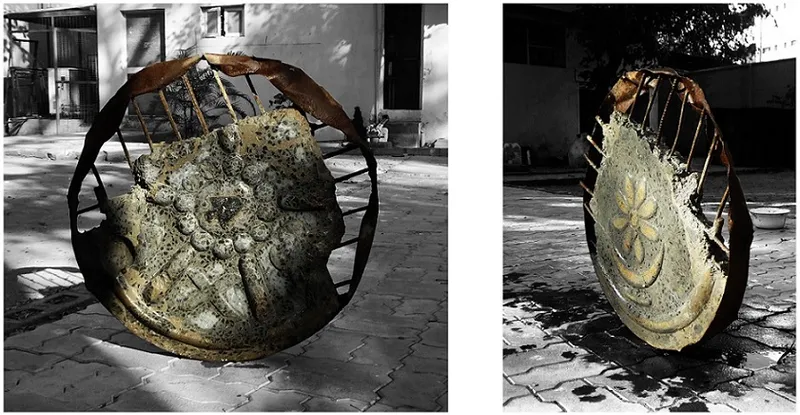
Sanjeev Mirajkar
“My inspiration took birth from the architectural monuments of history and mythology. Their astounding work awakened the artist within me,” explains Sanjeev Mirajkar. His art combines ancient and modern influences, and resonates with inner and outer worlds. It also appeals to viewers through subconscious connections, he feels.
“Such connections and relations open up a new dimension of one’s personality and a new world. This inspires me to keep creating art works,” he enthuses. His works combine spaces and emotions, material objects and thoughts.
His technique spans huge canvases and miniature formats. “Exploring the possibilities of these forms generates a dialogue in the viewer’s mind,” Sanjeev adds. Some of his artworks are based on photographs he clicks of natural formations or artificial objects.
He has attended many art workshops and residency programmes, and participated as a jury member for art competitions in schools and colleges. “Getting selected for a huge show like GAAF is an accomplishment in itself. I received a lot of appreciative messages from other artists,” he adds.
“For an artist, art and life are not two different things. Success comes from deep immersion in the creative process, and awards and commercial recognition come gradually,” Sanjeev explains.
He calls for wider art appreciation in India, starting with equal treatment with other subjects in schools. Guided tours to heritage sites, museums and galleries should be promoted. “Every human being has the capacity to understand and appreciate visual art, even without practice in the skills,” Sanjeev emphasises.
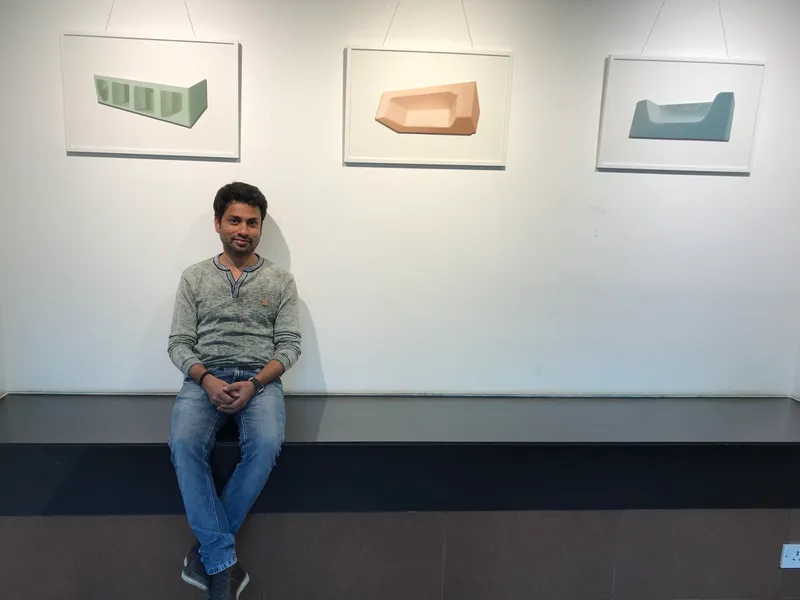
His artworks are priced from Rs 15,000 to Rs 1.5 lakh. For GAAF, he prepared four abstract paintings in the series, ‘Voidness’. They were oil works on raw canvas with many layers of applied whitewashes.
His other exhibition projects have unfortunately been postponed due to the pandemic. “But as an artist, I have the advantage now to peacefully concentrate on my art works,” Sanjeev explains.
He urges audiences to spend more time at art galleries. “It's not necessary that one should understand the work of art at the first attempt. Just observe the basic elements like the play of light and shadow, and colour harmony. If you are curious enough, you will understand more about elements like forms and textures,” Sanjeev advises.
Further observation will reveal more layers, and sharpen one’s own perception of art even if it may not match the artist’s perception. “Difference in perception between artist and viewer is alright, that's the beauty of an artwork. You are free to observe, absorb and understand art in your way without restricting your imagination,” he adds.
Sanjeev advises aspiring artists to master skill and talent and also explore inner and outer worlds. “Keep reading good books, such as interviews and autobiographies of great artists,” he emphasises. “Do not use art for any political or religious agendas of hatred,” he cautions.
Meena Sansanwal
“Art is a creative activity through which I discover and rediscover myself, over and over again. It’s a medium to reach my inner self,” explains Meena Sansanwal. Art is a meditative journey for her to travel through the soul and achieve inner satisfaction.
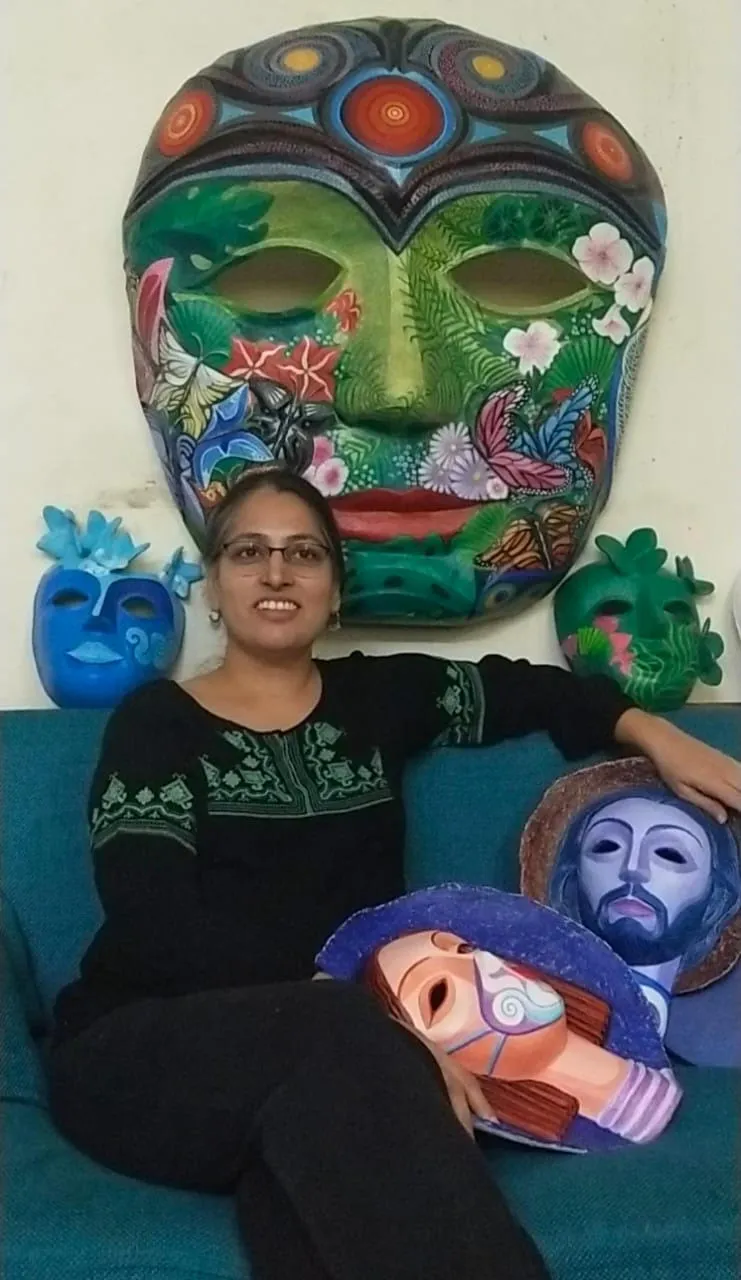
She started drawing and painting at an early age. “Art for me is not only an expression but also a way of life. The continuous urge to create is a necessity of life for me, a daily activity,” she says.
Her artistic transformation, experimentation and evolution started in the year 2016. “It all began with the need to change the visual language,” she recalls. Meena began to appreciate the freedom of expression of papier mache as a form for sculpture and painting.
“I have been painting on canvas and paper for almost two decades. Acrylic artworks on papier mache are the extensions of my paintings which have taken on a three-dimensional form. Thus, I call them sculptural paintings,” Meena explains.
Her works are amalgamations of the human and nature. “As an artist, I like to stay close to nature for observing and absorbing its endless beauty. It always leaves me spellbound,” she enthuses.
For the last two years, she has been creating a series of big and small masks. “I have chosen masks because I feel there is a lot of possibility to play with the space and the facial expression in a naturalistic and abstract manner,” Meena says.
The sculpted and painted forms represent the panch tattva (space, water, earth, fire, air). Meena’s artworks are priced from Rs 50,000 to Rs 5 lakh.
“Masks as cultural objects have used throughout the world in all periods since the Stone Age, with different symbolism and uses. I use the mask as the metaphor of humanity, depicting how humans disguise or hide behind such masks,” she explains.
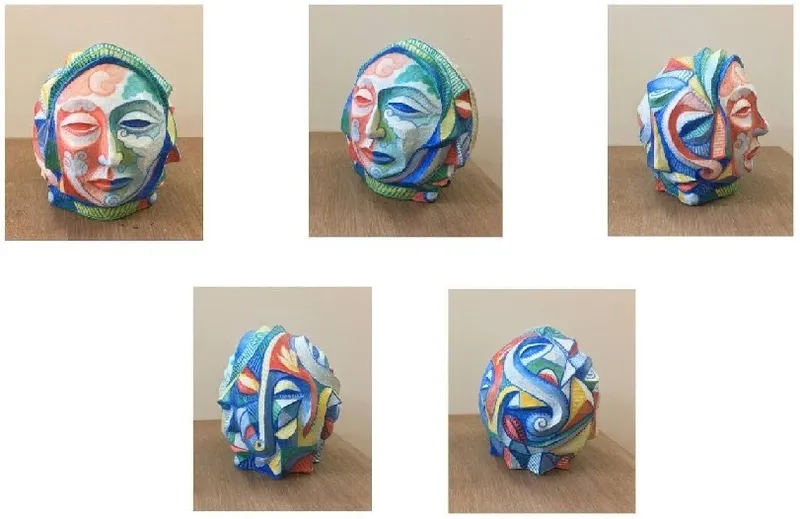
The combination of warm and cool colours on the masks sends across the message of love, peace and harmony with nature. “Unfortunately, in the modern age, our relationship with nature is one of manipulation. We should simultaneously be searching for peace and beauty in nature,” she advises.
Meena also conducts workshops for students of all ages. “I also have a flair to teach art. Nurturing art into young talent is my passion. Art is like a therapy and a huge stress buster. Art is something that makes you breathe a different kind of happiness,” she enthuses.
Success for an artist comes from inner exploration. “Introspection is of prime significance because that’s how artists explore and make a visual language for themselves,” she adds. Awards and commercial success are also important as privileges and sustenance.
Meena points to a number of positive developments in India to promote art, such as new platforms, festivals and galleries. They include the India Art Fair, Kochi Biennale, Museum of Goa, RMZ Foundation, and Kiran Nadar Museum of Art.
Artistic and physical activities are helping Meena during these times of coronavirus. “I listen to a lot of music, sing, and play keyboard and harmonium,” she says. Online art workshops are rejuvenating as well.
She urges audiences to spend more time to enjoy and interpret art. “Art is universal. It certainly means different things to different people. Talking and interacting with the artist helps interpret the concept and mystery behind the artwork,” she adds.
She also offers tips for budding artists. “Hard work, consistency, introspection, clarity of mind, self-criticism, participation, and lots of patience is the mantra for the aspiring artists,” Meena signs off.
Now, what have you done today to pause in your busy schedule and find your creative mantra?
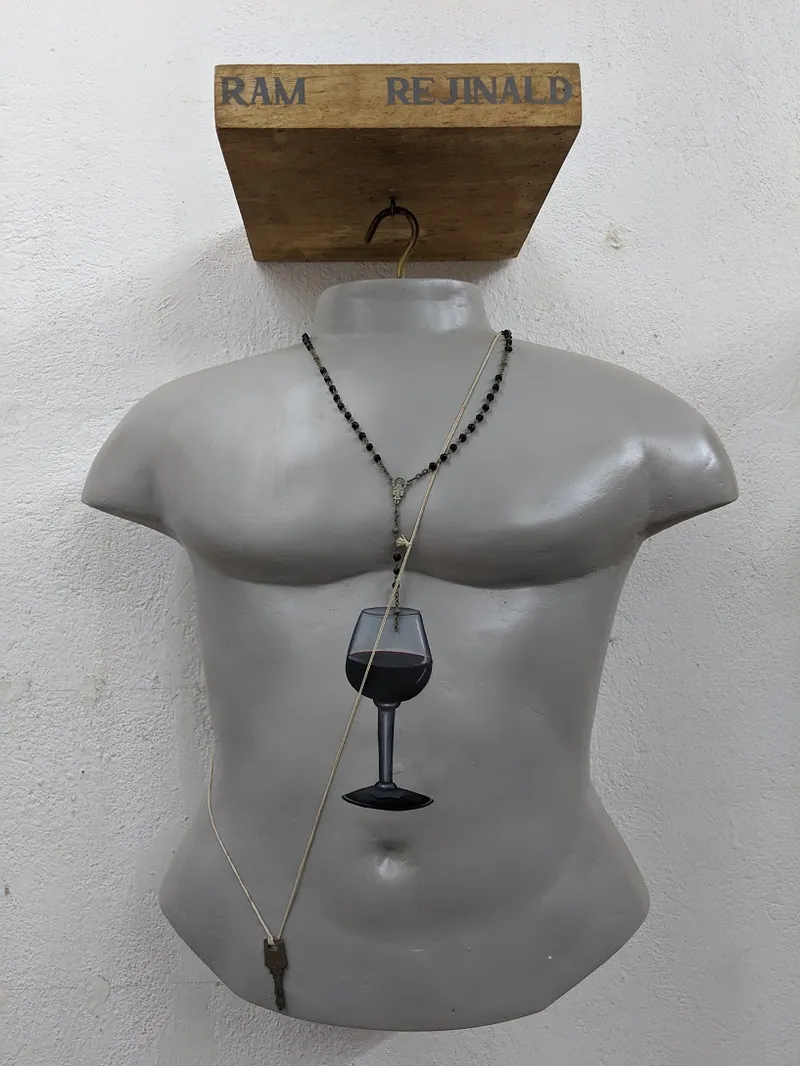


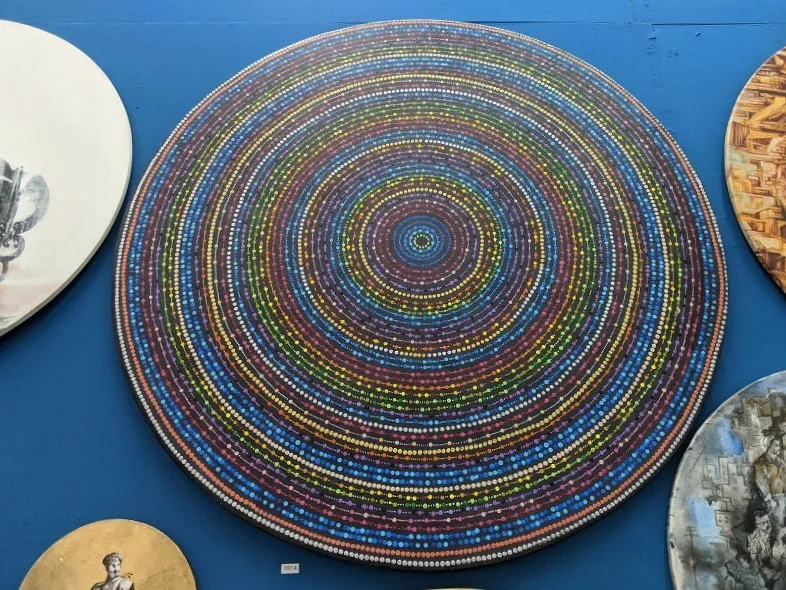
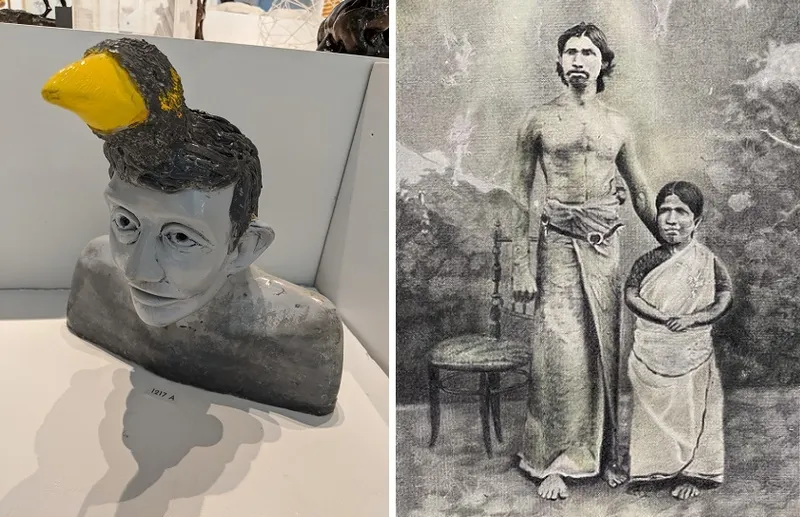
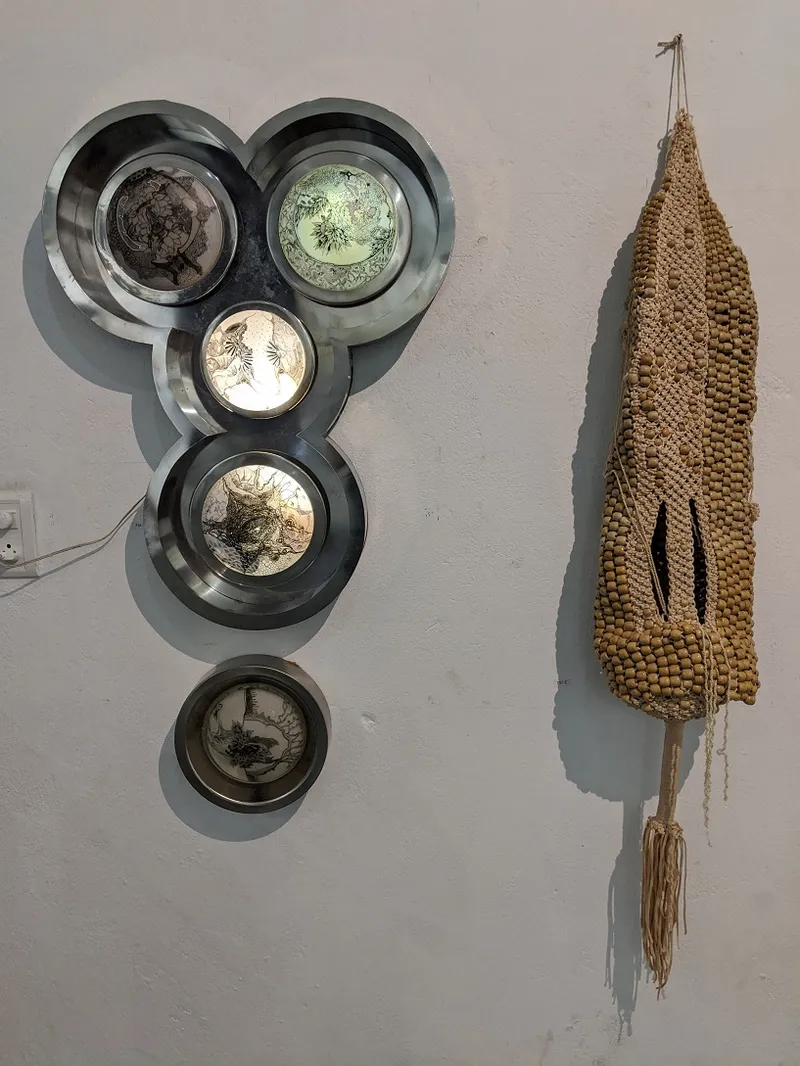


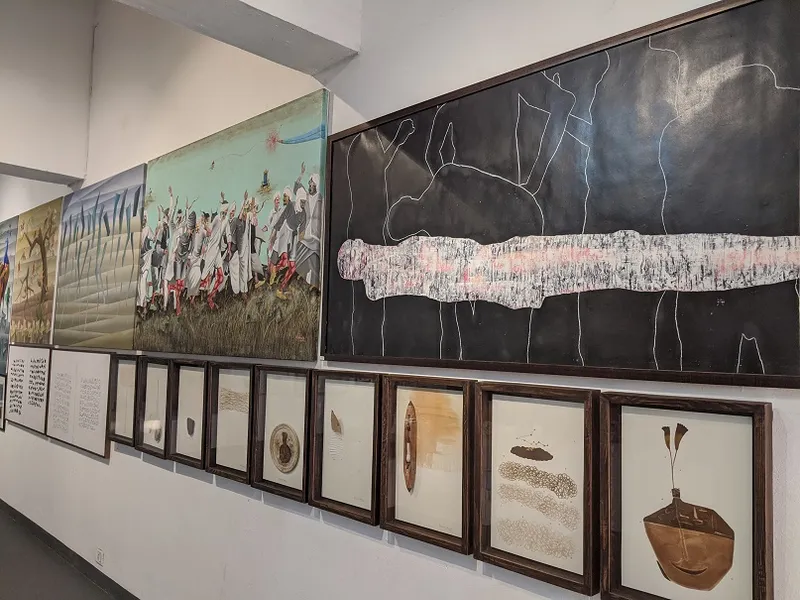
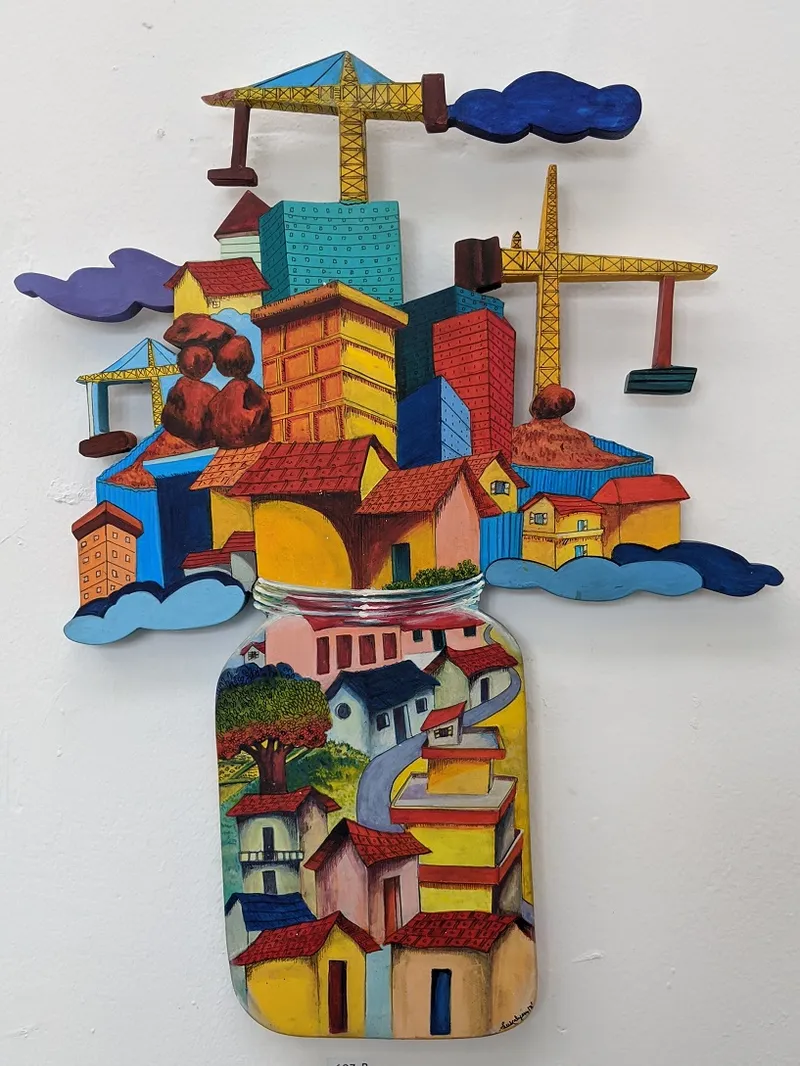
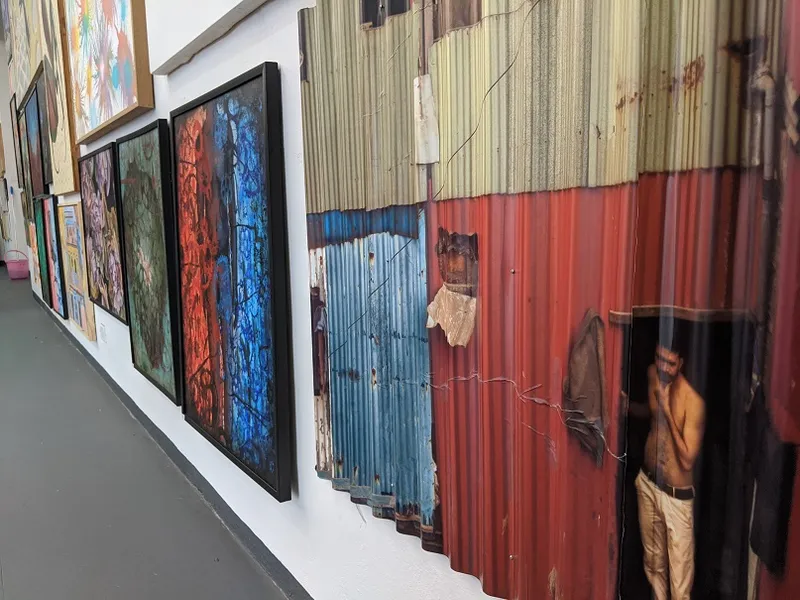
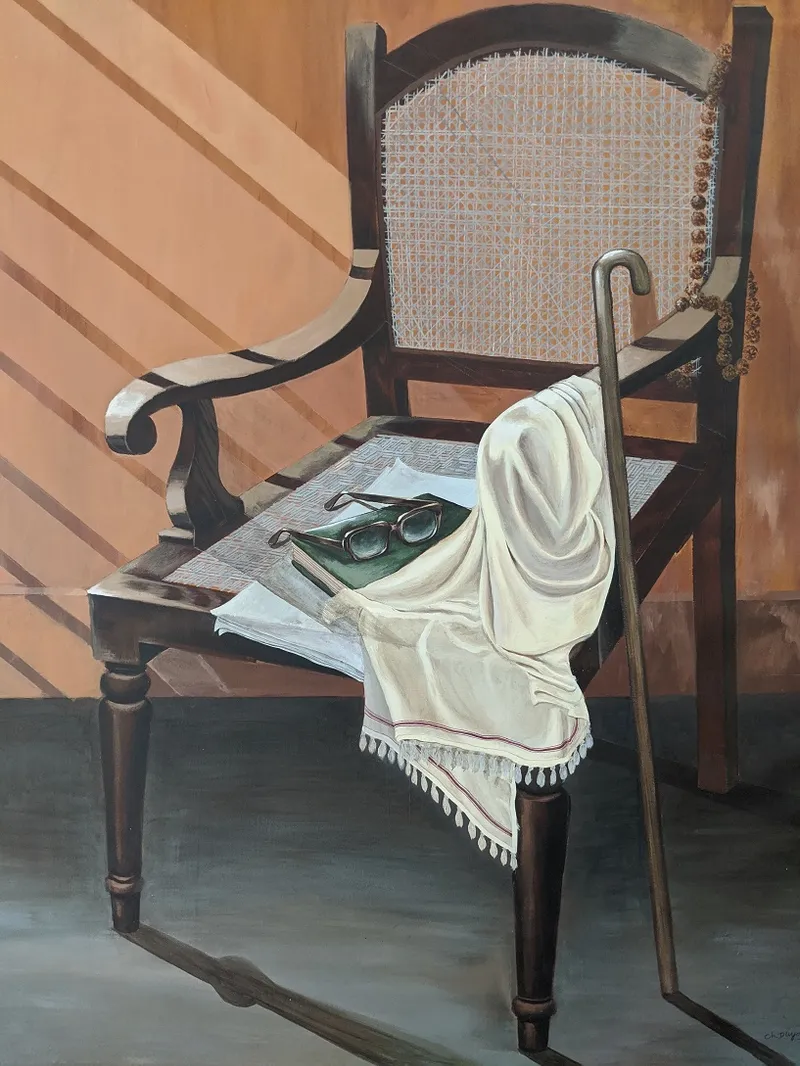
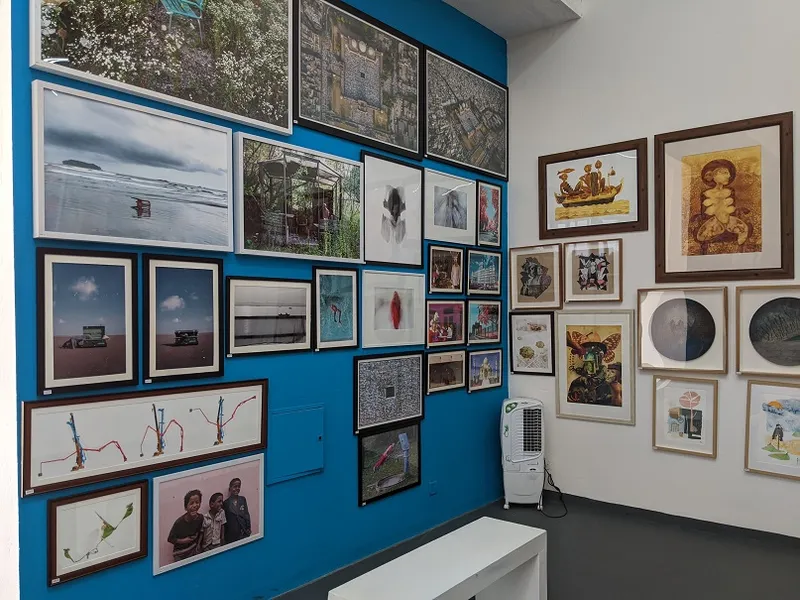
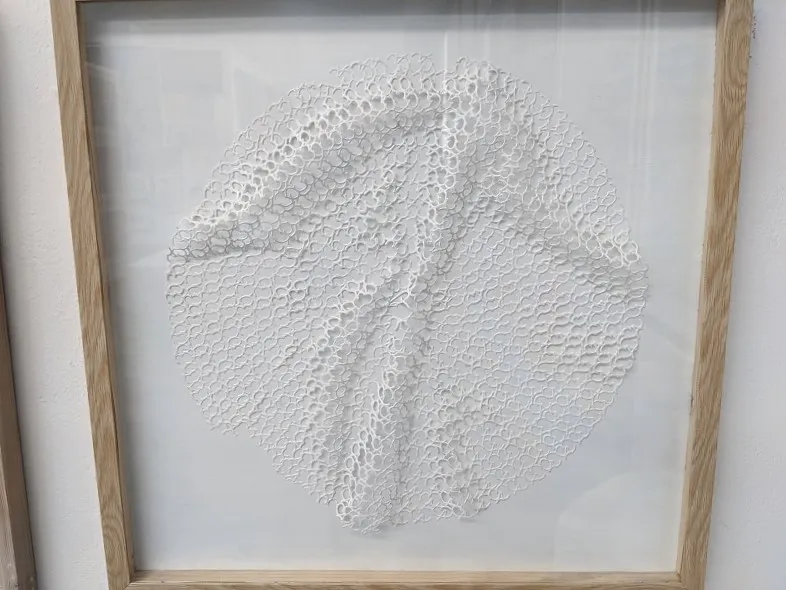
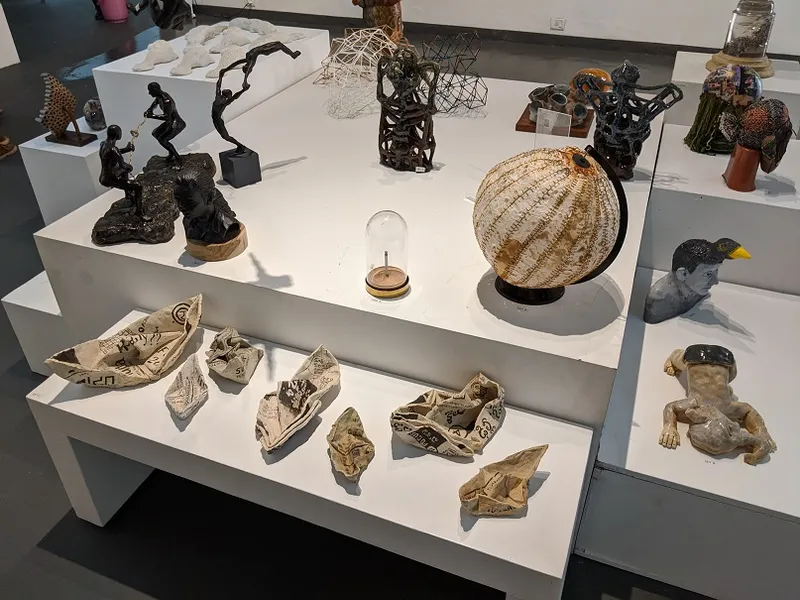
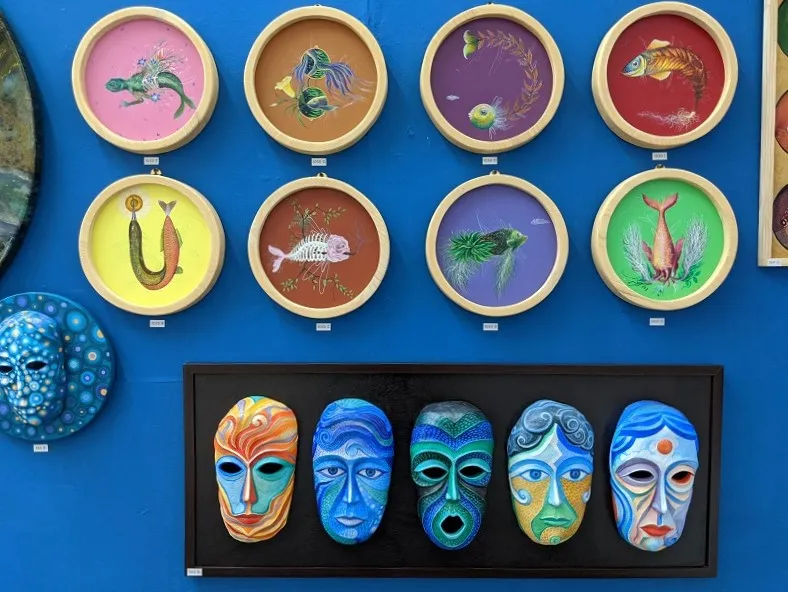
(Note: These photographs from the festival were taken before the national lockdown due to the coronavirus. The visit to the museum was not in violation of any public safety guidelines.)
See also the YourStory pocketbook ‘Proverbs and Quotes for Entrepreneurs: A World of Inspiration for Startups,’ accessible as apps for Apple and Android devices.
Edited by Megha Reddy



